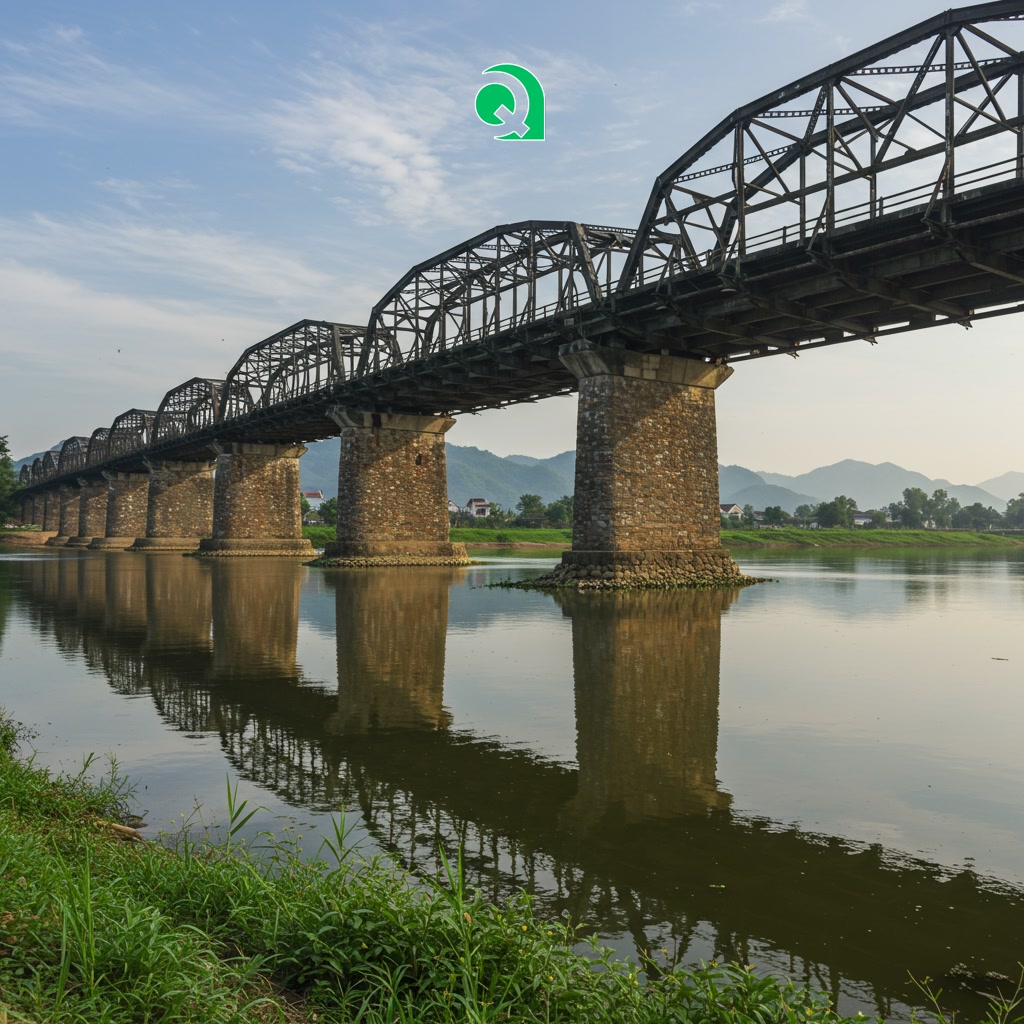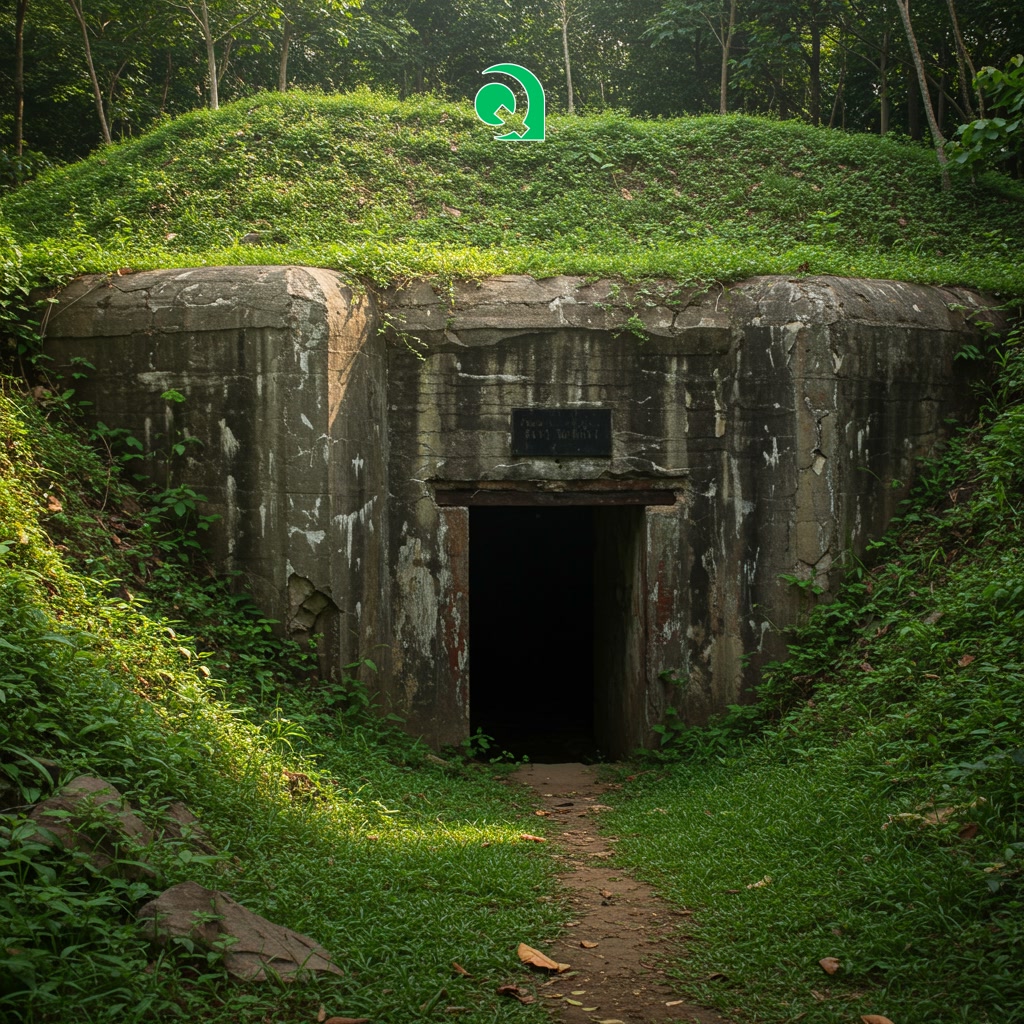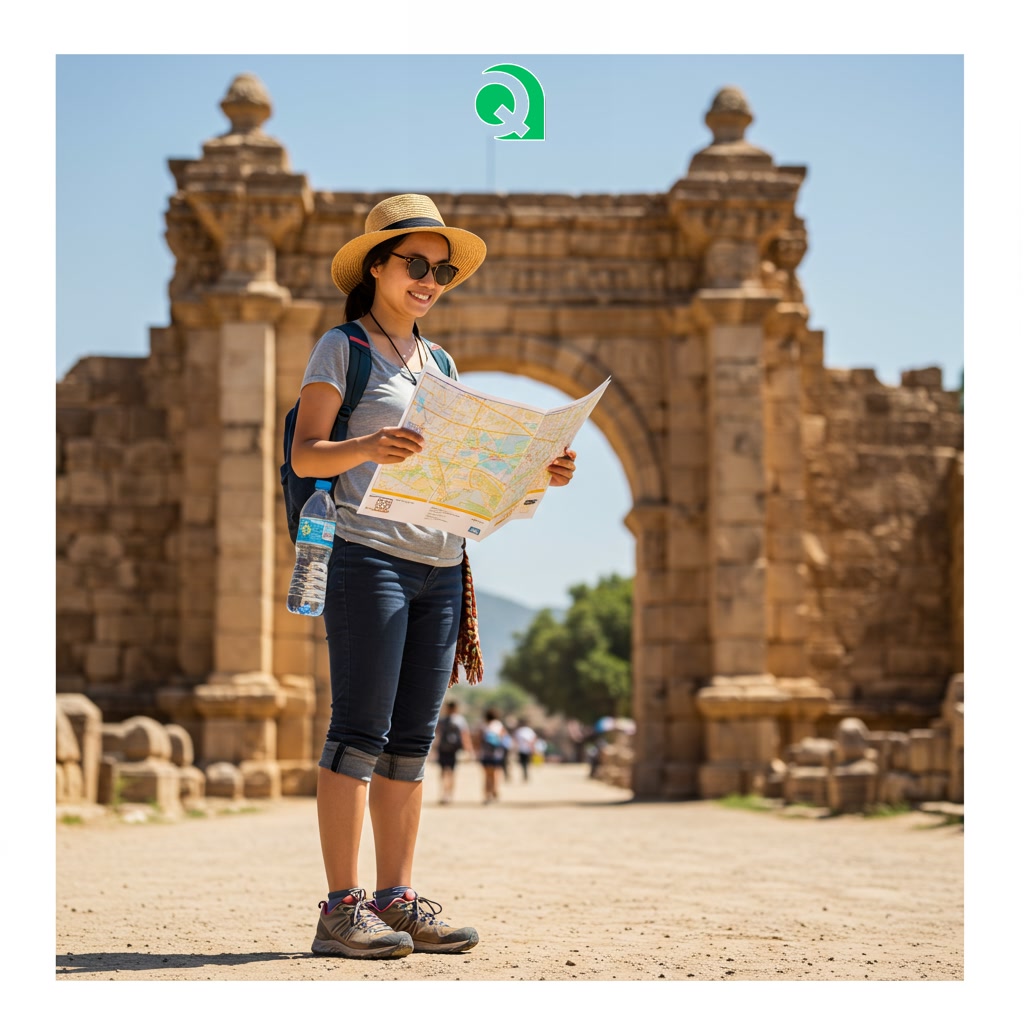Vietnam Travel Infomation
Quang Tri, Vietnam: Must-Visit Historic Sites & Relics Travel Guide

This travel guide provides essential information for visitors exploring Quang Tri, Vietnam. It focuses on highlighting the must-visit historic sites and relics that are significant to the region’s past. Travelers can use this guide to plan their itinerary and understand the historical context of these important locations. It serves as a comprehensive resource for anyone interested in historical travel in Central Vietnam.
Section 1: Quang Tri: A Province Steeped in History
Quang Tri province holds a profound place in Vietnam’s modern history, particularly due to its location along the 17th parallel, which served as the demarcation line during the Vietnam War. This strategic position made Quang Tri a central battleground, witnessing some of the most intense fighting and enduring immense hardship. As a result, the province is not just a geographical area but a vast historical landscape, literally “steeped in history.” Everywhere you look, from the remnants of former bases to the numerous cemeteries and memorial sites, the echoes of the past are palpable. Visiting Quang Tri offers a unique and moving opportunity to connect directly with the stories and sacrifices of this pivotal era, providing deep insight into the resilience of the Vietnamese people and the complexities of the conflict. This guide will help you navigate these significant locations.

Quang Tri: A Province Steeped in History
Section 2: Must-Visit Historic Sites & Relics
Quang Tri province is home to a significant number of historic sites and relics, predominantly linked to its pivotal role during the 20th-century conflicts, particularly the Vietnam War. These locations serve as powerful reminders of the intense struggles and sacrifices endured in the region. Key sites include former battlefields, remnants of military bases, extensive tunnel systems like Vinh Moc, and solemn war cemeteries. Visiting these places offers travelers a profound opportunity to connect with history, understand the human impact of war, and pay respects. Beyond the war era, the province also holds remnants of older historical periods, contributing to a rich tapestry of heritage waiting to be explored. This section guides you through these essential historical landmarks.

Must-Visit Historic Sites & Relics
Section 3: Planning Your Travel to Historic Quang Tri
Having explored the significance of Quang Tri’s historic sites, the next step involves practical planning for your visit. Getting to Quang Tri is typically done via Dong Hoi (north) or Hue (south) airports, followed by train, bus, or car. Within the province, navigating between sites requires transport like local taxis, hired cars, or motorbikes. Many key locations are spread out, making organized tours or a pre-arranged vehicle beneficial. Consider visiting during the dry season (typically April to September) for more comfortable travel conditions. Booking accommodation in Dong Ha, the provincial capital, or near specific sites is advisable, especially during peak tourist times. Preparing a basic itinerary based on the sites you wish to prioritize will maximize your time in this historically rich region.

Planning Your Travel to Historic Quang Tri
Section 4: Essential Travel Tips for Visiting Historic Sites
Planning your visit to Quang Tri’s historic sites requires a few key considerations to ensure a respectful and comfortable experience. Always wear comfortable shoes suitable for walking, as many sites involve uneven terrain. Dress modestly, especially when visiting religious structures like temples or pagodas, covering shoulders and knees. Protection from the sun is essential; bring a hat, sunscreen, and sunglasses, and carry plenty of water to stay hydrated, particularly during warmer months. Be sure to check the opening hours for each site in advance, as they can vary. Consider hiring a local guide at larger sites for deeper historical insights. Finally, remember to respect the site’s rules, avoid touching fragile relics, and dispose of trash properly to help preserve these important locations for future visitors.

Essential Travel Tips for Visiting Historic Sites

